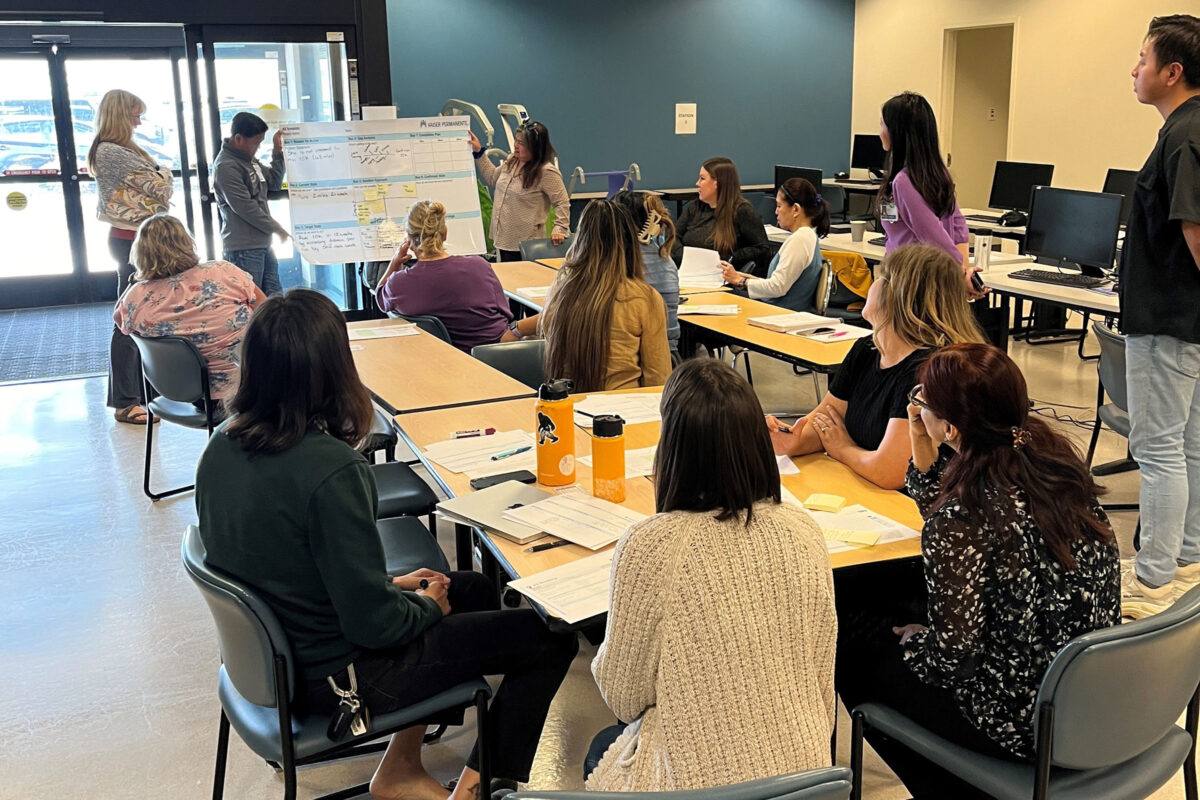Leadership succession planning is imperative for organizational stability and serves as a structure for staff development and career advancement. The 2024 U.S. Bureau of Labor Statistics RN Occupational Outlook report states that an average of 194,500 annual openings for nurses will be projected by 2033. This increase in nursing job demands may also imply the need to prepare nurses to fill vacancies from retirement and turnover in leadership roles.
Nursing Professional Governance Councils (PGC) at Kaiser Permanente Sacramento are unit-based and hospital-wide structures that empower clinical nurses with oversight and autonomy over nursing practice. The structure also serves as a platform for clinical nurses to build leadership skills in key areas, such as communication, problem-solving, decision-making, facilitation, and relationship-building. In their role as chairpersons, committee leads or members, clinical nurses learn how to navigate challenges that affect their practice at the bedside, leading quality initiatives, engaging their peers, and making impactful decisions.
“At Kaiser Permanente Sacramento, we support our PGC chairs and committee leads as they assume their roles by offering workshops and mentorship,” explains Joel Mallari, DNP, RN, ACNS-BC, NEA-BC, Magnet Program Director. “The PGC workshops teach them foundational skills on meeting facilitation, structured problem solving, data appreciation, and decision making. We also included leadership development presentations on our monthly PGC Day agenda to supplement learning and skill building. In addition to structured training, every council is mentored by a nurse leader. Council chairs have touch-based meetings with their council mentors to review meeting agenda, seek feedback, or consultations about projects until they are more confident to be independent.”
While not all clinical nurses involved in council work aspire to formal leadership roles, some discovered new career paths. Recently appointed Assistant Nurse Managers credited their experiences leading council work on their professional growth.
Elisaden Samier, BSN, RN, CCRN, now an Assistant Nurse Manager (ANM) in the Intensive Care Unit (ICU), related her leadership growth to her role as the ICU Unit Practice Council Chair. “Leading committees, driving quality initiatives, and applying evidence-based practice prepared me for the challenges of my new role,” she shared. In her former role, Elisaden was engaged in council decision-making, team collaboration, and communication, which are essential skills as she transitioned to her ANM role.
Similarly, Aileen Icmat, MSN, RN, CCRN, ANM of the Post Anesthesia Care Unit, highlights her leadership development journey. While chairing the ICU’s HAPI Committee, she was exposed to work related to cross-department collaboration, resource management, and project implementation. “These experiences shaped my ability to lead effectively as an ANM,” Aileen explains. She also emphasizes the value of tools used in the council work like A3 and KATA in identifying root causes, engaging staff, and fostering a culture of problem-solving.
Structures such as Professional Governance Councils and mentorship programs help to build leadership skills and open career growth opportunities for clinical nurses. Supporting leadership development at all levels of nursing practice is essential for elevating the profession, improving outcomes, and ensuring organizational stability.
